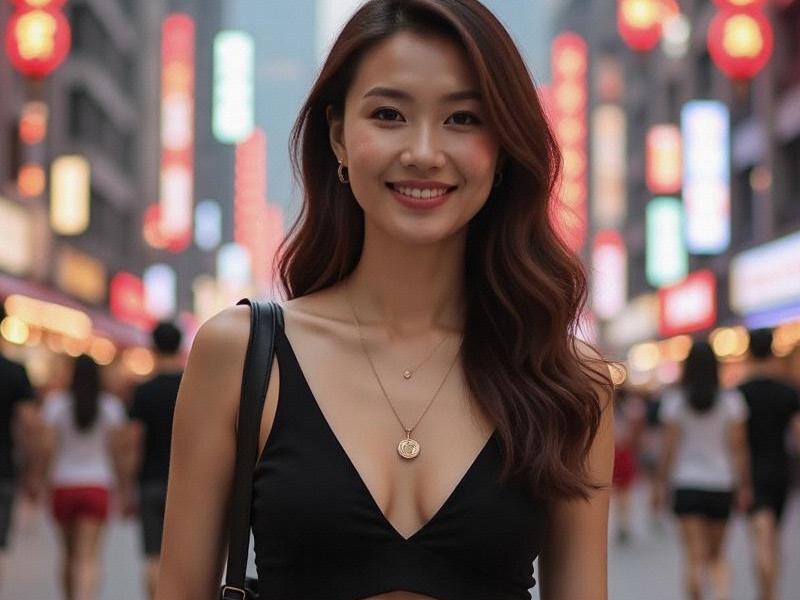
Section 1: The Cultural Economy Boom
1. Creative Infrastructure:
- West Bund Museum Mile development
- Tank Shanghai contemporary art center
- M50 art district expansion
- Former industrial zone conversions
2. Policy Framework:
- Shanghai Cultural Industries Fund
- Artist residency programs
- Cross-border art exchange initiatives
- Intellectual property protections
Section 2: Financial-Cultural Synergies
419上海龙凤网 Innovative intersections:
- Art financing and insurance services
- Blockchain for artwork authentication
- Luxury brands collaborating with local artists
- Venture capital for creative startups
Section 3: Neighborhood Transformations
Case studies:
- Jing'an's blend of historic and contemporary
- Former French Concession's boutique economy
- Hongkou's film industry cluster
- Putuo's design incubators
Section 4: Talent Migration Patterns
爱上海同城对对碰交友论坛 Creative class dynamics:
- Returning Chinese diaspora artists
- International curators and designers
- University creative programs expansion
- Co-working spaces for creatives
Section 5: Global Cultural Positioning
International comparisons:
- Versus New York's art market
- Compared to London's creative clusters
- Learning from Tokyo's neighborhood cultures
- Differentiating from Hong Kong's art hub
爱上海419 Section 6: Challenges and Solutions
Balancing acts:
- Commercialization vs artistic integrity
- Preservation vs innovation
- Global standards vs local identity
- Public access vs elite culture
Conclusion: The Shanghai Model Reimagined
Future projections:
- Cultural GDP growth targets
- Creative employment forecasts
- Cultural tourism strategies
- Next-phase development plans
Shanghai demonstrates that financial centers can successfully cultivate vibrant creative ecosystems while enhancing urban livability.
